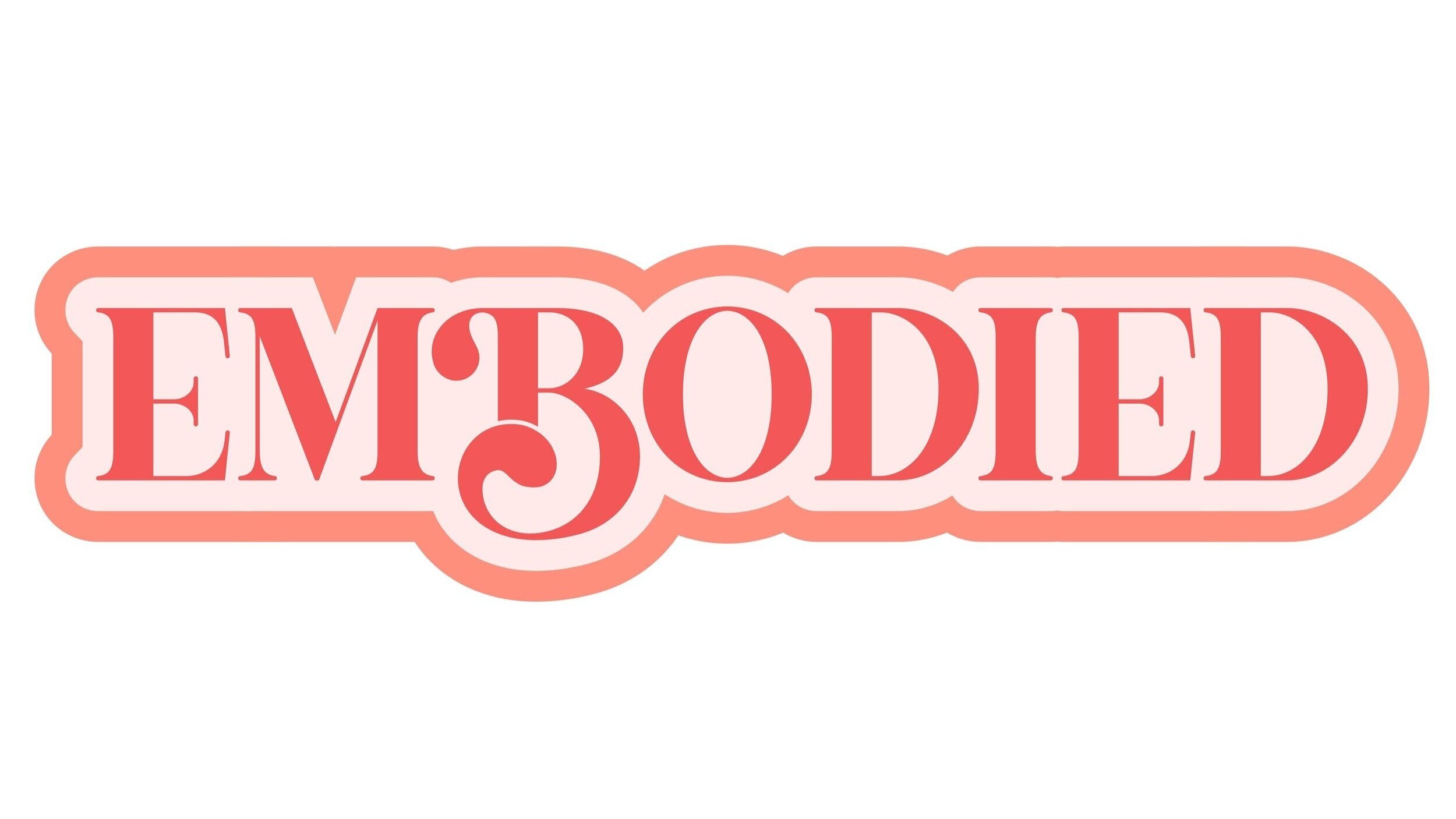#35mm
Exploring the “cool” social capital granted by film photography
By Petra McGregor
Frank Sinatra - Vintage Selfie
I typed in “#35mm” on Instagram and felt like I could scroll forever. In fact, I probably could, as there were 15.7 million posts. While I didn’t get through all of them, I was certainly captivated by the grainy landscapes, moody portraits, and overall vintage aesthetic. I even felt nostalgic for a time when I wasn’t alive, a time when analogue photography was ubiquitous. And clearly, I am not alone in these feelings, given the rising popularity of film photography. So why the comeback?
The re-emergence of film photography is a trend. It is suddenly cool again to spend more money and time taking film photographs even though there is a faster, cheaper, more accessible alternative: digital photography, available to anyone with even a fairly limited smartphone. On the surface, this doesn’t make any sense. Maybe it can be reduced to just another hipster fad, an opportunity for teenagers and young adults to hop on the bandwagon so that they can feel more artsy and creative in their picture taking. And it is cool! Upon scrolling through my feed, ensconced in film photographs, I had an urge to go out and buy a film camera so that I, too, could take these cool pics.
But, I’d argue there’s something else lying underneath this resurgence. Why is it cool or more artistic to take photographs with film? Why are we going through all the trouble of the time consuming, expensive process of being able to take only twenty four photos per roll of film, and then waiting weeks for the film to be developed, or even more consuming, developing the film ourselves, only to risk a fuzzy, out-of-focus image? And then once we have it, how can we ensure it won’t be lost or torn or damaged if it doesn’t exist in the cloud?
One thing’s for certain: this isn’t just a niche hipster obsession hidden within the entrails of Instagram — this is a movement. Recently, Kodak, the dethroned king of the photography empire, announced the reintroduction of Ektachrome, a retro color reversal film. “We are seeing a broad resurgence of excitement about capturing images on film,” said Steven Overman, Kodak’s chief marketing officer and president of the Consumer and Film Division. “Kodak is committed to continuing to manufacture film as an irreplaceable medium for image creators to capture their artistic vision.” Kodak is not the only company picking up on this trend. Writer Josh Taylor from B&H photo’s online publication Explora gave this statistic: “About a third of new film shooters are younger than thirty five, and roughly sixty percent of film users say they started shooting film in the last five years.” So what’s driving the movement? What it is that makes film photography so undeniably attractive?
Madonna - Vintage Selfie
Teenagers are often drawn to risk taking and rebellion. The thrill of raging against the machine is crucial to teenage culture. When it comes to photography, the machine is digital, the machine is the iPhone, the machine is advertisers using social media platforms like Instagram to distort our image of reality. In the digital matrix, there is no risk of blurriness, as everything can be edited or retaken at the click of a button. There is no risk of imperfection, what with the limitlessness of digital memory and precision of digital retouching. Almost every picture we come across has been edited, glossed over, and, ultimately, stripped of character.
Film photography provides an alternative to our fast-paced, ever-updating world. It is the capturing of a single moment that does not reside within computer codes or files, hiding somewhere in the cloud. When every moment can be snapped and posted, it risks losing meaning — the posting of the picture becomes more important that the picture itself. Film photographs are different. They aren’t limitless, as there are only twenty four shots in a roll of film. Developing is costly in both time and money, so every image needs to be considered carefully. Every click of the shutter is a choice, inherently imbued with meaning.
There is risk and excitement in the potential for mistake or imperfection. When taking a film photograph, you don’t know if what you are capturing will emerge as a masterpiece or a dud. This provides a space for emphasis and deliberate decision making. The film photograph becomes almost primal, the desire for which comes from a lost connection to real life. It is an appreciation for the unfettered beauty you see in front of you rather than retouched images.
Andy Warhol
So what does it mean for film photography to be cool again? Maybe it is just another trend, just another facet of the hipster culture. But isn’t it telling that this trendiness results from a resistance to the highly curated, edited, and glossy life that digital images convey? And what better way to take back our vision than through a lens that will only show us the real? This is a manual, physical reappropriation of the image, in our hands.
And when we put those images on Instagram, we are making a statement. We are choosing character, artistic expression, and authenticity over the obsession with perfection that has reigned over the land of social media. We are redefining the image of cool. And yes, companies like Kodak and Fujifilm are capitalising on this desire for something different, something more real. This tells us that we dictate what is desired, and companies produce it. We decide what is cool. So why does #35mm dominate my Instagram feed? Because film photography is cool.



